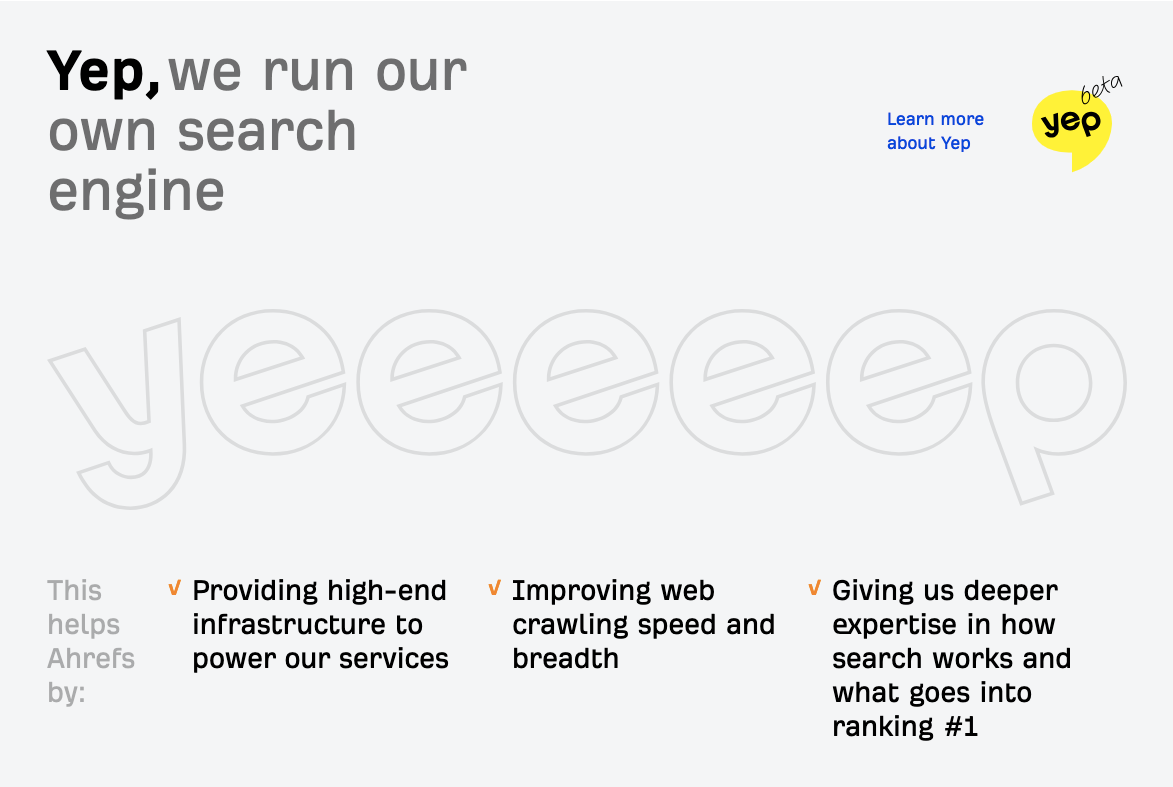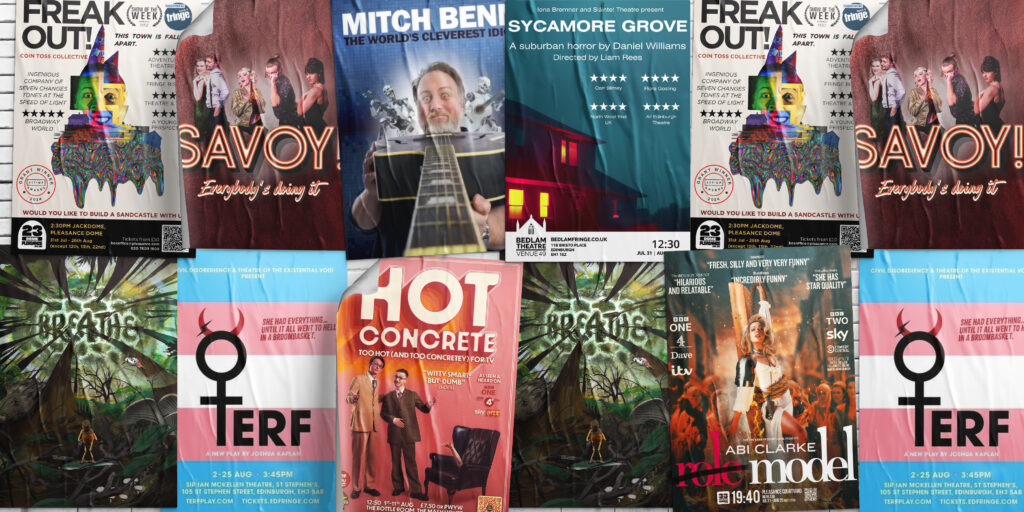In the context, this relaxed, friendly, human tone was unexpected but welcomed as I stood tired and freezing.
It got me thinking about how much power words and their tone have to connect brands with people, particularly when the subject matter isn’t immediately dazzling. There’s always an opportunity to show some personality.
Let’s unpack that.
What is tone of voice and why is it important?
Tone of voice is the way a brand talks. How they write, speak and sound. It’s how they project their brand values. Just like a brand needs to create their identity visually, the way they communicate is just as crucial.
It shapes how your brand makes businesses, and the people behind those businesses, feel. Therefore, tone of voice should be a part of any brand’s overall strategy.
The missed opportunity of tone of voice in B2B.
But lots of brands, in particular, B2B brands, underestimate the power of tone of voice. The result is that lots of B2B brands don’t invest or differentiate through their tone of voice and end up sounding, well, boring. Formal. The same.
No wonder 49% find that B2B websites are less interesting and creative than consumer websites (WHM).
Lost for words
This lack of pizazz, character and distinction doesn’t just bore people, it’s a huge wasted opportunity. The right tone of voice where brand values are celebrated and projected can help a B2B brand:
- Stand out from the noise of the crowd.
- Build authority in their space.
- And create a sense of face-to-face communication in a digital world (Semrush).
In particular, that third bullet point is a crucial one right now.
As we teeter on the edge of the “Hey, Chat GPT…” era, a tone of voice that is human is more important than ever to shape brand trust.
Forrester’s Brand Humanity Index found that brands seen as human enjoy a 20% point advantage in how likely consumers are to recommend them.
But why is tone of voice challenging for B2B brands in particular?
That ‘human’ element also raises one of the key challenges for tone of voice in the B2B world.
As guardians of B2B brands, we need to make business people feel confident they are making the right choices for their business. But what we have to remember is that we are still selling to human beings. And human beings respond best to brands that convey personality (Toppan).
Lots of B2B brands do have tone of voice guidelines but few are memorable because few tap into human emotion or have a distinct personality. But they don’t need to be boring. Or bland.
The Holy Grail
Is it possible to be professional AND human AND engaging at the same time? Absolutely. When you communicate authentically and in line with your brand personality, values and target audience, you spark real linguistic chemistry.
So let’s explore three opportunities for B2B brands to watch their tone, by dissecting three key elements of tone of voice and a real-life example from a B2B brand that reflects their values.
1. Word choice
B2B brands tend to use lots of jargon and gobbledygook. One might think this signals authority. But it actually does the opposite. It confuses people. It turns them off.
When it’s all buzzwords, there is no buzz.
Plus, there’s evidence that the simpler something is, the longer people will read it (Eddie Shleyner). So this could be particularly important for longer pieces of nurture content, say a whitepaper or blog. First, let’s have a read of a paragraph from an analytics company that’s fairly representative of how many B2B brands choose to communicate, taking an infamously tricky topic, IoT:
The Internet of Things (IoT) is a system of interrelated computing devices, mechanical and digital machines, objects, animals or people that are provided with unique identifiers and the ability to transfer data over a network without requiring human-to-human or human-to-computer interaction.
With phrases like “interrelated computing devices” and “unique identifiers”, it’s dull to unpack and stuffy.
Now for comparison, let’s look at TLR Global, a cyber security business. Their blogs are a great resource for understanding complex things in simple terms. On the topic of IoT, they break it down by saying:
Put simply, the Internet of Things is like a spider web of connectivity between devices and physical things.
Ahhh, much better.
Their word choice is simple, accessible and clear. And that’s not surprising because their core value is to empower businesses and they do that through their copy. They also chose the simile of a web to compare IoT to something we all know. With every single, careful word choice they “help eliminate the stigma of fear that is normally associated around the topic of ‘security’”. This in turn will help customers to trust them and their products.
2. Linguistic style
You know when your favourite copywriter writes something that just flows effortlessly? If you take a closer look at it, it’s likely a masterclass in pace, formatting and rhythm.
Because linguistic style is not just for poetry or novels. It should be a part of all your copy’s tone of voice. And it can be deployed to bring out key parts of your band personality.
Let’s take Ahrefs, an SEO tools provider, and their ‘About us’ page as an example.


They vary their sentence structure and use commas to add pace that reflects their lively start up, disruptor energy. They end punchy lines with full stops to show they are passionate and confident. They use phrases like “yeeeeep” that mimic the relaxed way we’d speak to our pals and reinforce that they are a small friendly team.
In a sea of sameness, a bit of linguistic swag goes a long way. Their competitors are likely to have very similar SEO products but they can stand out by shouting about the refreshing energy of their small company and how they can tackle any challenge with laser focus and speed.
3. Emotional tone
You can create a genuine emotive connection with your target audience through the craft of emotional tone. This has been proven to create a longer-lasting effect than meeting immediate needs (Marketing Pod).
In fact, inspiring emotion in B2B ads is seven times more effective than delivering rational benefits alone (Wunderman Thompson).
Now, let’s take an example of an emotional thread we could tease out more. There’s a special category for brands that can get away with being a tad frosty and sassy.
Like Oatly perhaps. We’ve all seen their ads plastered all over the place. But that works for them as they are a rebel B2C brand.
When it comes to B2B you have to ask yourself, are you a rebel in your space? Perhaps you can talk like that too. But only if it aligns with who you are, your audience and what you can make possible for them.
Enter Paintbrush, a startup loan provider. Their landing page headline copy is bold. Real bold.

The key here is that they have audience insight that underpins this choice of provocative tone.
It works because it ties into a real human emotion, a real-life scenario. It empathises and levels with its target audience, entrepreneurs who need real funding for real ideas, through humour. This might not be for every business person looking for a loan, but it is likely to really differentiate them in the market and make them memorable.
Shaping your B2B brand’s tone of voice
Ok, so you’ve seen these examples and feel moved to rethink your tone of voice. Yes? Great. But of course, we’ve seen in each of these three examples that those values direct the elements of word choice, linguistic style and emotional tone that add up to an effective tone of voice.
So, how can you go about shaping values that help you communicate with proper punch and circumstance?
In case you think your values might also need a rethink to achieve the tone of voice you want, by answering the following questions, you have the foundations of brand tone of voice guidelines that should be carefully created by your whole team, written down and shared company-wide.
- Who are you?
- Who are your customers?
- Why do you exist?
- What are your values?
Closing words
As a B2B marketer, tone of voice should be part of your brand strategy, helping communicate who you are and your USPs. And, if it isn’t well… you should watch it. A shift in tone of voice might feel very different to what you’ve done before, but that’s a good difference. And your audience will thank you.
Here at The Union, we run tone of voice workshops to help B2B brands find their ‘who’, ‘what’ and ‘why’ so they can communicate in a tone of voice that is much more engaging and much more them. Then we put these to work through multi-channel comms and campaigns. We'd love to help you too. Get in touch at info@union.co.uk.



